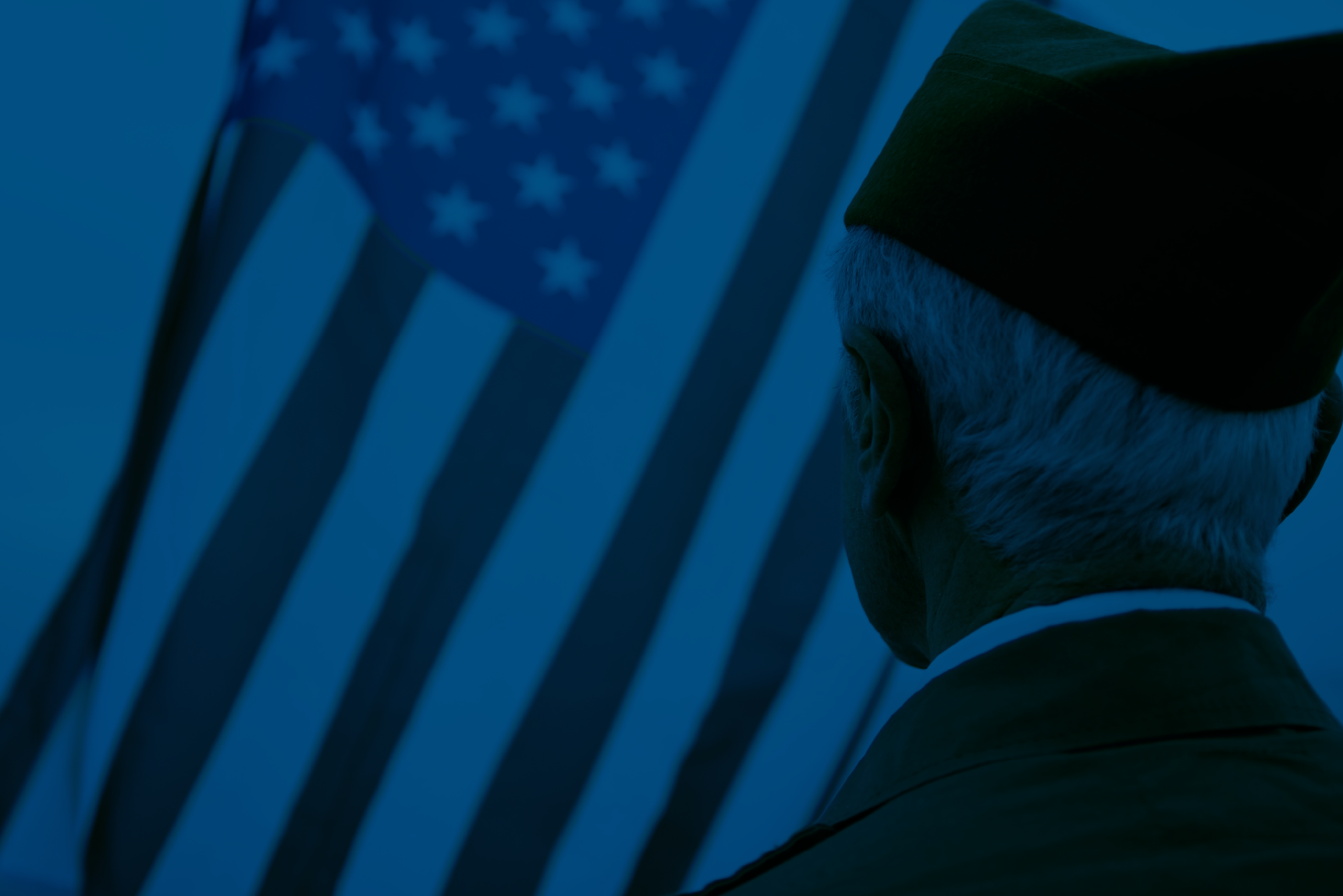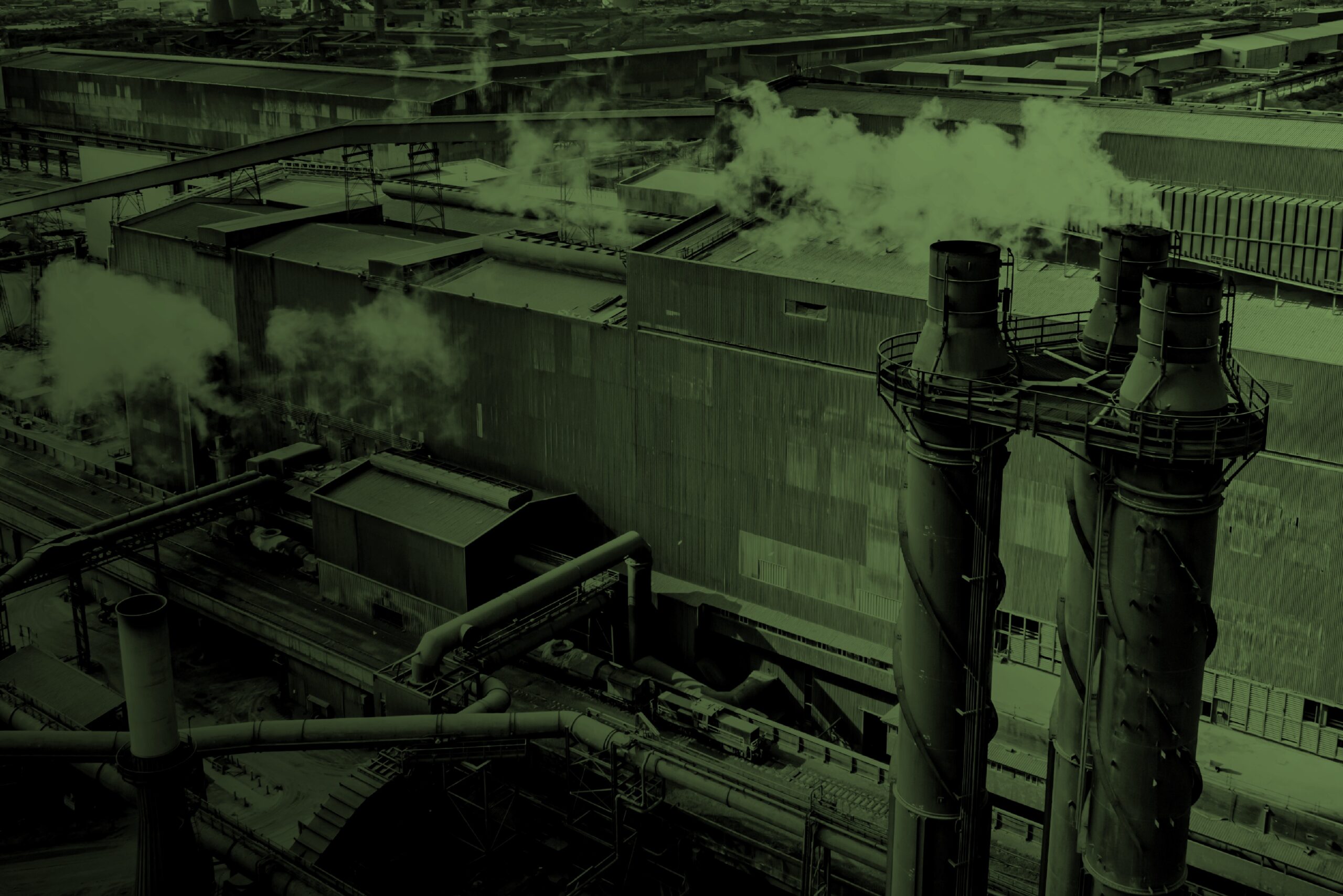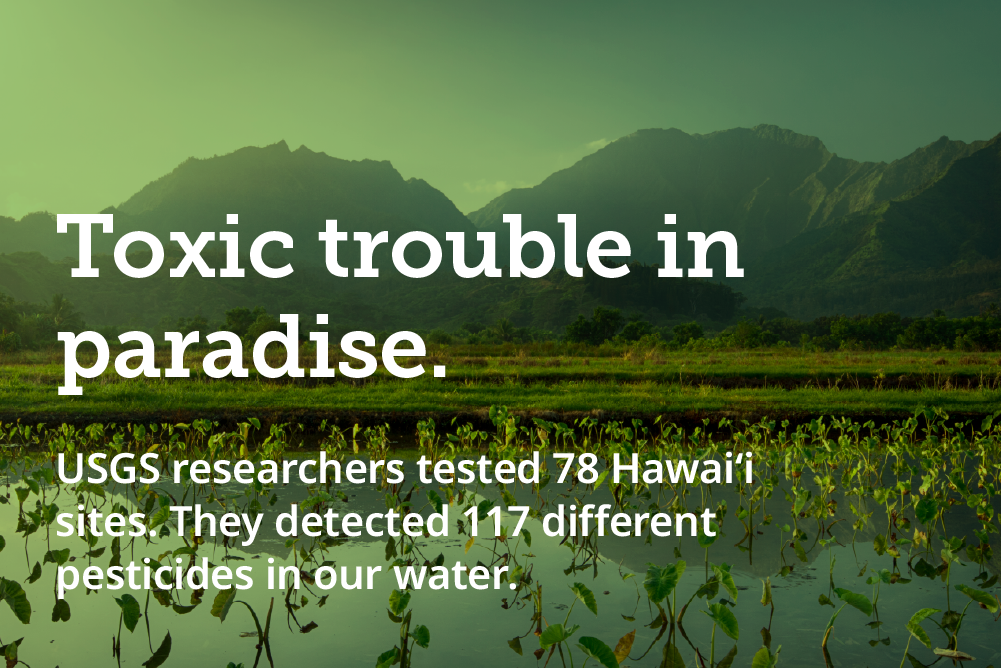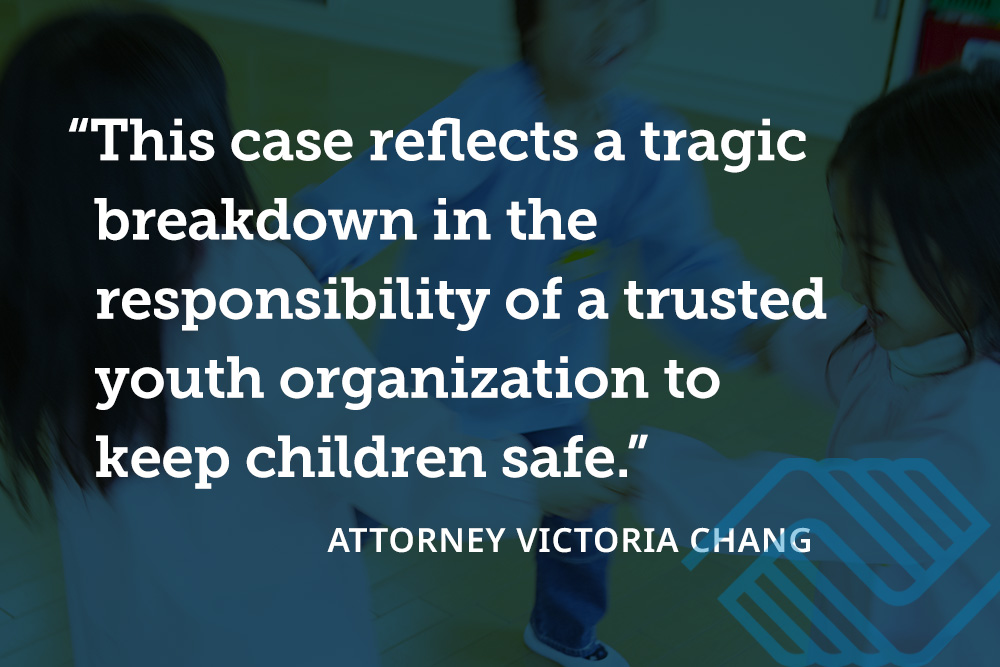Pat Nakata was an icon of his community in Hawai‘i, as good as a citizen can get. Suddenly, he was afflicted by a terrible disease, and only because asbestos was put in the products he worked with by an auto company in 1966. The company fully understood the danger it posed to people like Pat, but it refused to change. Pat could have lived for another twenty or thirty years. Instead, tragically, he died an avoidable death much earlier.
Join us for this week's episode, with special guest Cynthia Davis, who has been working as a medical adviser with our firm for more than 30 years. She helps to gather medical evidence in cases like Pat's, and works closely with sufferers of asbestos-related illnesses and their families.
Most people are unaware of how ubiquitous asbestos was. Much more than fire-supressing insulation, it found a place in many thousands of products, from brake pads to dental casts.
People exposed to it develop cancer at an alarming rate. Huge asbestos companies like Johns-Manville found out about that long ago, but they did not share that information widely when they did. Instead, they communicated with other asbestos companies to supress that information. You can read the full story about it here on our Mesothelioma Knowledge Center: How the Asbestos Industry Suppressed and Altered Medical Research.
Thus, exposure to asbestos has happened in all kinds of environments. Our first cases came out of Pearl Harbor, and we traced 30 manufacturers who sent their products into Pearl Harbor for decades without warning the workers. Others have come just from second-hand exposure, where shaking out asbestos-contaminated clothing that someone has brought home from work produced a cloud of asbestos fibers into the air, where it was breathed into the lungs.
Cynthia brings a unique perspective to the conversation, which comes from her medical background and experience specializing in mesothelioma and asbestos cases. It's because of her fine work that the right medical articles are highlighted and flagged, so that the best scientific understanding can be employed in support of the victims of asbestos companies liable for their illnesses. Above all, Cynthia brings comfort to those affected by helping them through their darkest times. Listen in to her talk with Gary and Mike, and you will understand an important human dimension of the asbestos story—a story that is still far from over.






